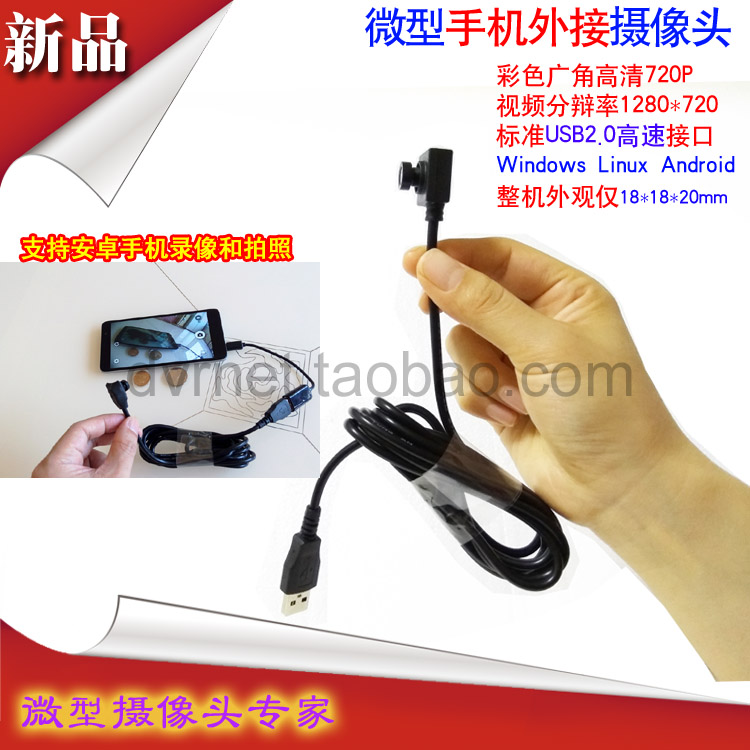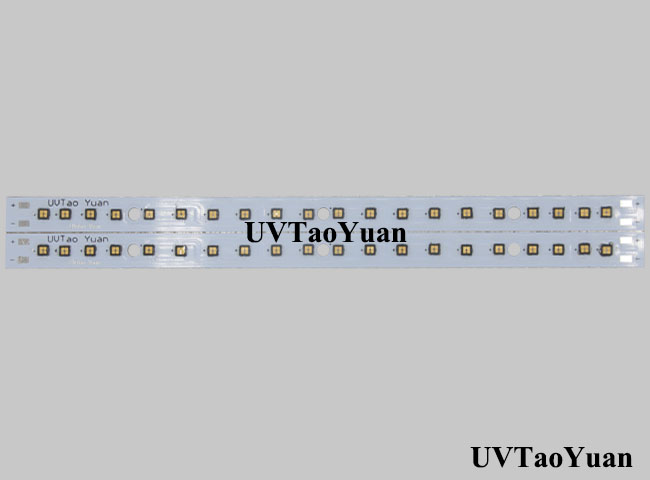Update driver in Windows Method 1: Uninstall the 'GL USB2.0 UVC Camera Device' driver in Control Panel Open the 'Control Panel' - 'Uninstall a grogram' - 'GL USB2.0 UVC Camera Device'. Right click and select 'uninstall'. Step 1 You can find the Control panel by searching 'Control Panel' on Cortana. Download the driver that you would like to install under Software Download. After the download is complete, open and install the package. If you are using an. The UVC driver has been included in the Linux kernel source code since kernel version 2.6.26. Detection of UVC 1.5 devices was introduced in Linux kernel version 4.5, 4 but support in the driver for UVC 1.5 specific features or specific UVC 1.5 devices was not added and MPEG-2 TS, H.264 and VP8 payloads are not supported yet. Lenovo USB2.0 UVC Camera Driver for Windows 10 (64-bit) - Desktop Lenovo Inc. Drivers & Software.
The Android platform supports the use of plug-and-play USB cameras (that is,webcams) using the standardAndroid Camera2 API and the cameraHIDL interface. Webcams generally supportUSB video class (UVC) drivers and on Linux, the standardVideo4Linux (V4L) driver is used to control UVC cameras.
With support for webcams, devices can be used in lightweight use cases such asvideo chatting and photo kiosks. This feature doesn't replace typical internalcamera HALs on Android phones and isn't designed tosupport performance-intensive, complex tasks involving high-resolution andhigh-speed streaming, AR, and manual ISP/sensor/lens control.
The USB camera HAL process is part of the external camera provider thatlistens to USB device availability and enumerates external camera devicesaccordingly. The process has permissions and an SE policy similar to thebuilt-in camera HAL process. Third-party webcam apps that communicatedirectly with USB devices require the same camera permissions to access UVCdevices as with any regular camera app.
Examples and sources
For more information on how to implement USB cameras, see an external cameraprovider reference implementation atExternalCameraProviderImpl_2_4.The external camera device and session implementations are included inExternalCameraDevice andExternalCameraDeviceSession.Starting in API level 28, the Java client API includes theEXTERNAL hardware level.
Implementation
The implementation must support theandroid.hardware.usb.host system feature.
Kernel support for UVC devices must also be enabled. You can enable this byadding the following to the respective kernel deconfig files.
To enable the external camera provider in the respective device build, whichadds the necessary SELinux permissions, external camera configuration, andexternal camera provider dependency, complete the following steps:
Add the external camera config file and external camera library to
device.mk.Add the external camera provider name to the device Treble HAL manifest.
(Optional) If the device runs in Treble passthrough mode, update
sepolicysocameraservercan access the UVC camera.
Here's an example of external_camera_config.xml (copyright lines omitted).
Customization
You can enhance the Android camera either through general customization optionsor device-specific optimizations.
General customizations
You can customize the external camera provider by modifying theexternal_camera_config.xml file. Specifically, clients can customize thefollowing parameters:
- Excluding video nodes of internal cameras
- Supported image size and frame rate upper bound
- Number of inflight buffers (jank vs memory tradeoff)
In addition to these parameters, you can add your own parameters or develop yourown configurations.
Device-specific optimizations
You can also improve performance by adding device-specific optimizations.
Buffer copy/scaling and JPEG decode/encode
Generic implementations use CPU (libyuv/libjpeg) but you can replace this withdevice-specific optimizations.
HAL output format
Generic implementations use the following output formats:
YUV_420_888for videoIMPLEMENTATION_DEFINEDbuffersYUV12for all otherIMPLEMENTATION_DEFINEDbuffers
To improve performance, you can replace output formats with device-specificefficient formats. You can also support additional formats in a customizedimplementation

Validation
Devices with external camera support must passcamera CTS. The external USBwebcam must remain plugged in the specific device during the entire test run,otherwise some test cases will fail.
Note:media_profiles entries aren't available for external USB webcams, socamcorder profiles are absent.Needs Expansion |
Contents
|
UVC stands for 'USB Video Class'. It defines video streaming functionality on the Universal Serial Bus. UVC compliant peripherals only need a generic driver; much like mass storage devices (USB flash disks, External disc enclosures, etc.) can be managed by a single driver because they conform to the USB Mass Storage specification.
The GNU/Linux UVC Driver page is at Linux USB Video Class device driver home (Supported Devices) and includes a list of supported devices. Instructions for downloading the driver are here Linux USB Video Class device driver home (Download). Only source code is available. Instructions for compiling the source code is included in this wiki.
WebCam SCB-0385N, SC-0311139N and SC-03FFL11939N
With WebCam SCB-0385N (usb ID 2232:1005), WebCam SC-0311139N (usb ID 2232:1020) and WebCam SC-03FFL11939N (usb ID 2232:1028), you might need to add some configuration to the module if the usage of the camera makes the system freeze. SCB-0385N usually works fine with cheese, vlc, skype and other applications, but google-chrome will have issues accesing it. Add the following like to /etc/modprobe.d/uvcvideo.conf to fix this:
After you added that line, reloading the driver should fix the issue:
10.04
In 10.04 the UVC module has been included, what I want to add here is how to change parameters for the driver like brightness and so on , I simply use guvcview install it and start it up using the command line if it is not working from the menu , try guvcview -d /dev/videoX change X to 0 1 2 and test, every change I make in the settings here remains active for other applications like Skype
UVC module included in Ubuntu might not be up to date and your webcam might not be recognized. This tutorial explains how to build the latest v4l-dvb modules from source. Works for Karmic and Lucid as well.
9.04
In 9.04 the UVC module has been included which means that some webcams 'just work' but it is recommended you still download the source code at LinuxTV uvcvideo development repository. On the left sidebar, choose your preferred compressed archive (they all contain the same files). Then build the UVC module as shown here:
Build for 9.04
Make sure you have kernel header files. In Ubuntu 9.04 the header files package should be at least 2.6.28-11 or later.
You can find out which version of Linux kernel you have by issuing the command:
Then ensure you have the header files for building the UVC module with:
Install for 9.04
Navigate to the 'uvcvideo-1b4c7a6b9d26' directory (or some similar name) containing the source. If you want to customize which drivers to compile, run:
If you do not know what to do with the options that come up, just accept the defaults and exit by pressing ESC twice.


To compile the drivers, run
then, to install the compiled drivers to the appropriate module directories, run
followed by

After that you should not even need to plug your webcam in, although ensure you can see it by running:
If it is there, then run:
And you should now be done! See below for other versions.
7.10 to 8.x
From 7.10 the UVC module has been included which means that some webcams 'just work' however UVC is still at an early stage and device support and bugfixes are being added all the time. It may well be necessary to update to the latest version to get your hardware to work, in particular Skype will only work properly if you have uvc version 166 or above, earlier driver versions freeze up after a minute or so with some cameras.
7.04 and earlier
UVC support is not included and you'll have to install it yourself.
Uvc Driver For Pc
UVC has not released any 'snapshots' yet and has not been packaged and included in the Ubuntu repositories. There is a debian package located here but the best way at the moment is to grab the latest build from the LinuxTV uvcvideo development repository and compile it yourself.
Checkout from SVN (this source is deprecated)
This section describes the steps to download the sources (which are now deprecated) from the Subversion repository. The best place to get the drivers instead: LinuxTV uvcvideo development repository.
If you do not already have subversion installed get it with:
Then get that latest source from the repository with:
This will make the directory 'trunk' containing the source in your working directory
Build
Make sure you have kernel header files. In Ubuntu 7.10 and later, you need the header files package specific to your CPU architecture, for example, linux-headers-2.6.22-14-386 in addition to just linux-headers-2.6.22-14. You can do this with:
Navigate to the 'trunk' directory containing the source and run:
Install
Ubuntu keeps the kernel module for UVC in /lib/modules/your kernel/ubuntu/media/usbvideo and the makefile has to be altered slightly to install to the correct directory. Open the the makefile in a text editor and change :
then run
Update dependencies
Insert Modules
Plug in your camera and enter the following command :
If you're running 7.10 this may complain that the module's already loaded. In that case unplug your camera and remove the old module with :
Uvc Driver For Android
then insert the new one again as above.
